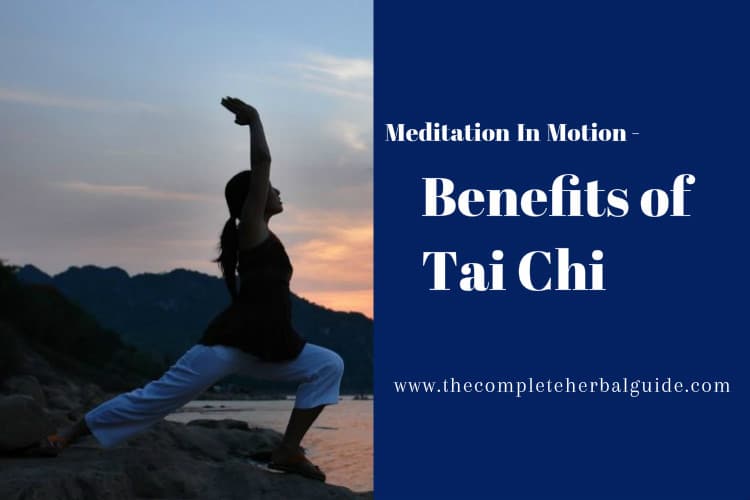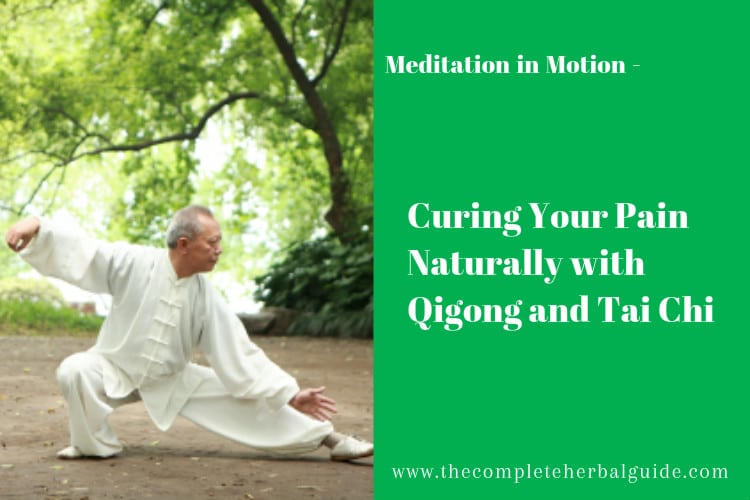
Tai Chi – How to Adjust to Your Shrinking Stature
Have you noticed as you’ve gotten older that there are some activities or skills that you can no longer perform? It may be because you’ve gotten shorter. As we age, we shrink.
Starting around age 40, you typically lose about 0.4 inches every decade. Most of the height loss comes from gravity that continually compresses the gel-like discs or cushions between the vertebrae in the spine. The discs tend to dry out and become thinner.
Additional loss of height occurs from osteoporosis or bone loss in the spine and other bones. The weaker bones sustain small compression fractures and can cause the collapse, resulting in a curvature of the spine and further loss of height.
The spine can also curve excessively from front to back due to a loss of tone in the abdominal muscles. Finally, it’s not uncommon for your foot arches to flatten, making you even shorter.
Table of Contents
The Importance of Proprioception
Since this shrinking occurs gradually over decades, not only do we visualize ourselves as being our original height, our brains do so as well. The subconscious awareness of your body’s orientation and movement is called proprioception.
Based on signals from the inner ear and nerves in the muscles and joints, the brain determines the location of your hands and feet, even in complete darkness. Much like being able to place your hands in the proper location to catch a ball, accurate proprioception is learned through experience. And when something like your height changes, your proprioception is compromised.
As most people age, they don’t always stay active enough to retrain their neurological pathways. Proprioception ability diminishes. This is one of the reasons falls are so common in the elderly.
As your spine shrinks or curves, your reach changes, you walk differently, your center of gravity shifts, the range of motion in your shoulders, lower back, and neck changes, and your agility and sense of balance decrease.
This is why it’s important to perform activities that retrain nerve pathways so your brain can keep you upright and balanced in your activities.
Recalibrating Your Proprioception
Recalibrating your proprioception and developing the neurological pathways that make it automatically takes some effort and repetition, but it’s well worth it. Not only does it improve your mobility and lengthen your life, but it can also give you an excuse to play again and actually have fun.
You can find dozens of advanced balance exercises by searching online, but these are a few of my favorites to get you started. Begin slowly and only progress to a level that makes you comfortable. If you have questions or concerns, get advice and guidance from your doctor.
Make sure you are either barefoot or wearing flat-bottomed shoes. In addition, use an armless chair or the kitchen counter to hold on to and stabilize yourself, if necessary. The only other item you need is a roll of blue painter’s tape.
Balance Exercise #1
- While holding on to the chair or counter, try balancing on one leg for as long as you can, and then switch legs.
- Time yourself.
- Try to work up to one minute. It’s not a race. It might take days or even weeks.
- Once you reach one minute or your maximum, try stabilizing yourself by using just one hand to hold the chair or counter.
- Then just one finger, and then let go completely.
Balance Exercise #2
- Place a 10- to 12-foot straight line of the blue painter’s tape on the floor down a hallway, across a room, or on the floor running alongside a kitchen countertop.
- Stand on the tape with one foot in front of the other (heel to toe).
- Walk slowly, placing one foot in front of the other, touching the heel of one foot to the toe of the other. (You’ve probably seen this same exercise being done by someone performing a sobriety test.)
- Don’t get discouraged; this isn’t easy to do (and downright impossible when under the influence).
- If necessary, start by holding on to a counter, a wall, or someone’s hand.
- If and when this exercise becomes easy, try the same movement backward.
- For extreme difficulty, try walking forward heel to toe while reading out loud from a magazine held slightly down and to the side.
Balance Exercise #3
- Place a line of objects, such as disposable red Solo cups turned upside down, 12 to 18 inches apart along with the painter’s tape.
- Now walk the line while stepping over each of the objects, trying not to stop or kick any of the cups.
- You can increase the difficulty by looking straight ahead instead of down at the tape while walking. Or you can sidestep—stand next to the first object, step over it with one foot followed by the other, and continue down the line.
Don’t Forget Hand/Eye Coordination
In addition to these balance exercises, I strongly suggest doing things that develop hand/eye coordination. If you’re capable of participating in sports such as tennis, golf, or shooting hoops, those are excellent options. Also, don’t forget about tai chi or yoga.
If none of those interest you, go back to the games you played as a child. You may think of them as a waste of time, but that’s definitely not the case. Without you knowing it, they calibrated your nervous system when you were young, and they can do the same thing now.
Have some fun and improve your proprioception with games and activities, such as juggling, jacks, marbles, cat’s cradle, pick-up sticks, Jinga, yo-yo, washers, bean bag toss, darts, slingshot, 7-up or orange crush, spinning top, ball and cup, horseshoes and croquet.
If you’re more technology-oriented, don’t forget about the wide variety of Nintendo Wii games, which have become popular in retirement and nursing homes as well as rehab clinics all over the country. Wii is an easy, interactive, and fun way to exercise and build balance and coordination at home. It’s also an effective way to track your progress.
Practice Makes Permanent
Although it’s a great goal, achieving perfection isn’t necessary when it comes to improving proprioception. Instead of “practice makes perfect,” think of it as “practice makes permanent.” The goal is to retrain the nervous system to be able to work automatically and subconsciously when the need arises. It takes repetition to reprogram neurological pathways.
You may notice positive changes almost immediately, but expect a minimum of four weeks before you begin to experience permanent improvements. Recalibrating your nervous system and creating neural pathways doesn’t happen overnight.
Studies have repeatedly shown that the full benefit of slow movement exercise only becomes evident when practiced repeatedly over the long term.
Tai chi is a good example. For many, it’s hard to comprehend how the slow, smooth body movements utilized in tai chi can result in so many health benefits, but a recent Chinese study found this ancient form of exercise could be even more beneficial than vigorous exercise when performed over time. With the help of soothing Chinese music for tai chi, these exercises are perfect for someone who doesn’t want vigorous exercise.
Repetition is the key. Professional athletes, fighters, and marksmen know that for the body to instinctively perform a certain action or skill, you need to consciously practice and correctly perform that action 2,000 times. If 2,000 repetitions sound like too much work, then you’re doing the wrong activity. If you find an activity you enjoy and start playing again, getting to 2,000 will be the last thing on your mind.
ABOUT DR. DAVID WILLIAMS
A medical researcher, biochemist, and chiropractor, Dr. David Williams has developed a reputation as one of the world’s leading authorities on natural healing. Dr. Williams’ exclusive natural treatments and remedies, often uncovered in far-flung places such as the African Bush or Australian Outback, are usually years ahead of those offered by conventional medicine.
Dr. Williams’ degrees and academic affiliations include multiple bachelor’s degrees, a Doctor of Chiropractic from Texas Chiropractic College, and research projects at the University of Houston, the University of Texas at San Antonio, and Rice University. Today Dr. Williams is active primarily as an author, speaker, and adviser for the research and development of nutritional supplements as part of the Healthy Directions family of experts. For more information, please visit www.drdavidwilliams.com.






